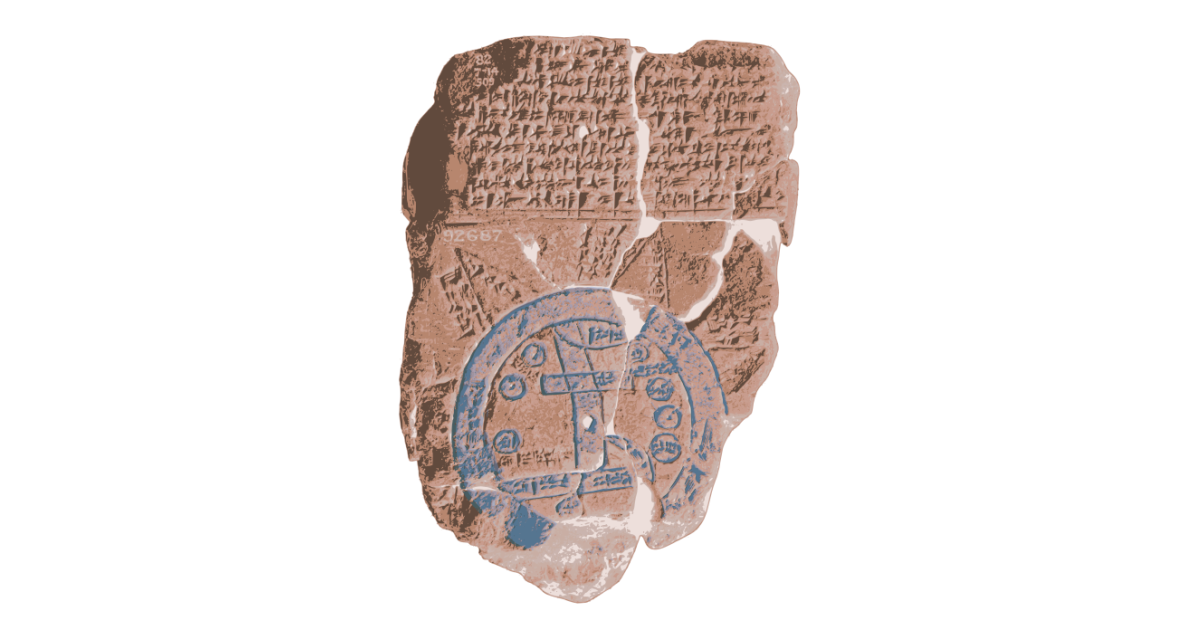
I don’t know about you, but I kind of think it would have been nice to live in a time where there were more mysteries to be solved – when the possibilities seemed inexplicable in many ways.
Now, we know a lot about a lot of things, and mysteries are slowly disappearing.
Of course, the modern medicine and air conditioning is too good to give up, but still.
The oldest known map of the world will take you back to those times, as much of it hints at mysteries and monsters they don’t know will one day be solved.
The “Babylonian Map of the World,” or the Imago Mundi, provides a unique glimpse into the way ancient Babylonians saw the world around them. It was created between 2,600 and 2,900 years ago, when their empire lead the world in architecture, culture, mathematics, and early forays into science.
The map was rediscovered in the 19th century by Hormuzd Rassam, an archaeologist who excavated priceless Assyrian and Babylonian antiquities. He was the one who found the tablets that contained the Epic of Gilgamesh, which is the world’s oldest piece of literature.
The Babylonian Map of the World was found in a box 25 miles southwest of modern Baghdad and is currently in the possession of the British Museum in London.
It measures 4.8 by 3.2 inches and features a circular map and pieces of text written in cuneiform. Some information is missing, though research over the decades has pieced a lot of it back together. It depicts Mesopotamia, often referred to as the “cradle of civilization” because it was home to several important civilizations and cultures throughout history.
The city of Babylon is shown in a rectangle strip near the top of the inside of the map. Parallel lines cut through from top to bottom, probably representing the Euphrates River. Other cities and kingdoms, like Assyria, Der, and Urartu are also on the map and enclosed with a circular band that represents “Bitter Water,” aka the ocean.
The top of the map is “a place where the Sun is not seen,” indicating they believed it was a land of everlasting darkness like in the Epic of Gilgamesh.
More text alludes to monsters and fantastic creatures that live in faraway regions, including a winged horse, a huge sea serpent, a scorpion-man, a bull-man. There are also mentions of all kinds of animals that we would recognize today.
There are human characters, too. Utnapishtim, a legendary hero who survived the Babylonian flood and became an important ruler, for one.
It’s not useful as a map, but it is an important tool for understanding life and the people who lived in the Neo-Babylonian Empire when it was created.
Dr. Irving Finkel says this is especially true in the way Babylon is “depicted as awesomely vast in comparison with the other cities on the map, showing that the map’s content undoubtedly reflects Babylon as the center of the world.”
I suppose every culture sees themselves that way at some point.
It’s one of those things that hasn’t exactly changed.
If you thought that was interesting, you might like to read about a quantum computer simulation that has “reversed time” and physics may never be the same.